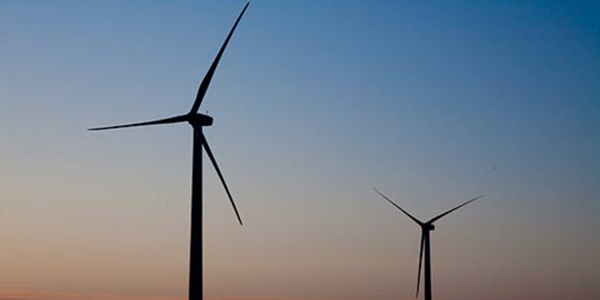By Robert Mullin
FERC on Monday approved Basin Electric Power Cooperative’s requests to eliminate its obligation to purchase power and capacity from generating facilities over 20 MW under the Public Utility Regulatory Policies Act.
The consumer-owned co-op, which provides supplemental wholesale power to 141 rural electric member systems in MISO and SPP, last year assumed the mandatory obligations of its members to purchase output from PURPA qualifying facilities — QFs of 150 kW or more in the case of SPP.
In its rulings — one for QFs in MISO (QM18–7) and one for SPP (QM18–6) — the commission agreed to terminate Basin’s mandatory purchase obligation under FERC regulations, which stipulate that QFs in excess of 20 MW of net capacity in the two RTOs have nondiscriminatory access to a market, satisfying PURPA’s requirements.
The commission dismissed the combined protests of two wind farm developers, Thomas Mattson and David VanderLeest, who argued that Basin was attempting to “rewrite” and “violate” PURPA and other laws intended to protect small generators.
Mattson and VanderLeest contended that larger developers have received “substantially” better power purchase agreement terms from Basin than smaller developers, causing the complainants to lose out on a number of proposed projects because of expiring option agreements.
“Basin destroys their competition, keeping all small cooperatives under their rule,” their protest said. “QF wind farms would provide less costly power than Basin, reducing customer rates while providing economic stability for the small cooperative.”
The developers asked FERC to take six actions, including an order to reduce interconnection costs.
The commission said the issues raised in the protest went beyond the scope of the proceedings. “Mattson and VanderLeest allege, among other things, delays in providing developers with accurate long-term avoided costs rates and failures in the overall implementation and enforcement of PURPA at the federal and state levels,” the commission said. The Basin proceedings were limited to whether QFs in MISO and SPP have nondiscriminatory access to a market that satisfies PURPA’s requirements, it said.
FERC cited Order 688, in which it “explained that there can be factors unique to individual QFs, including operational characteristics and transmission limitations, that prevent such QFs from having nondiscriminatory access to the markets described in Section 210(m)(1) of PURPA.
“However, Mattson and VanderLeest’s protest does not discuss those factors or otherwise attempt to rebut the arguments in the [Basin] application,” FERC said.
Basin’s territory includes portions of Colorado, Iowa, Minnesota, Montana, Nebraska, New Mexico, North Dakota, South Dakota and Wyoming.




